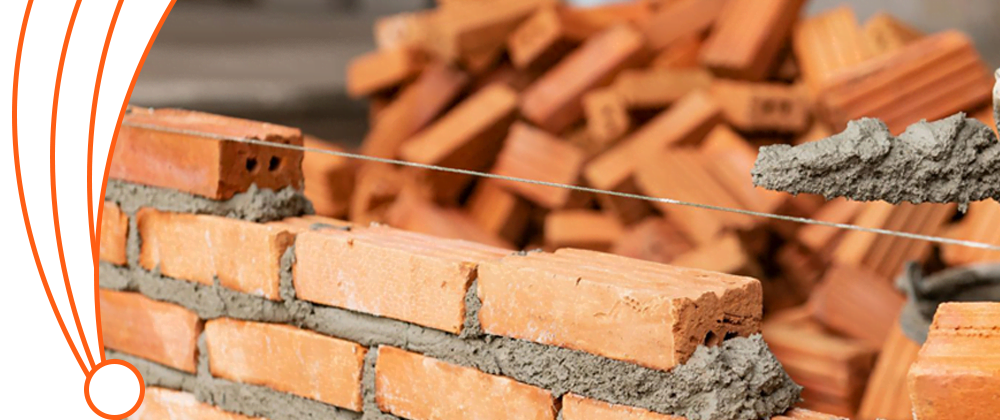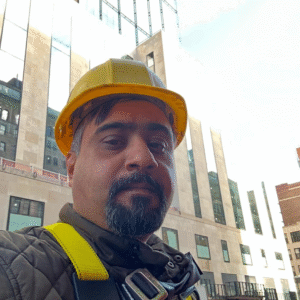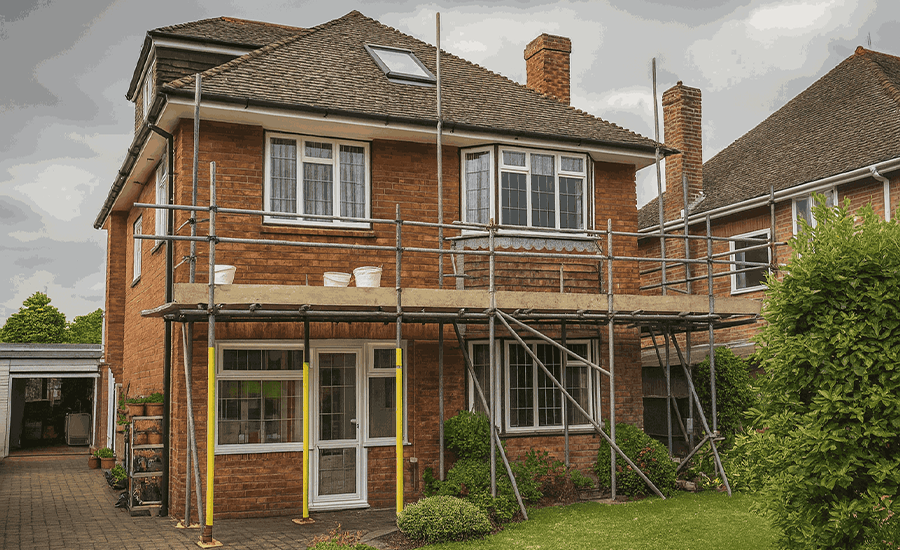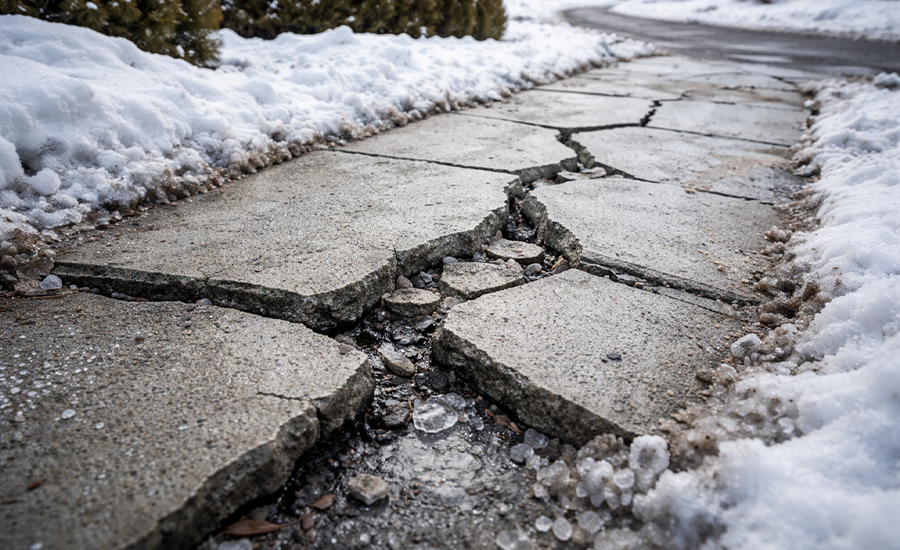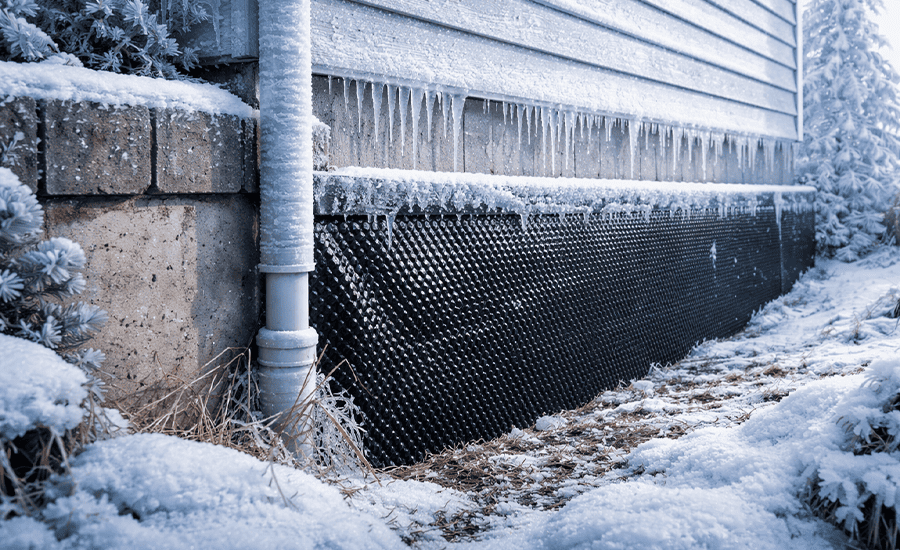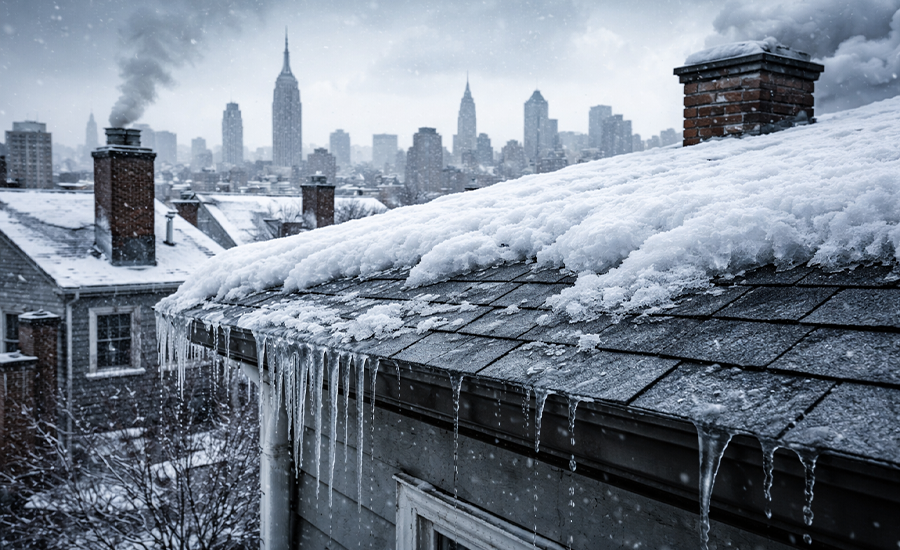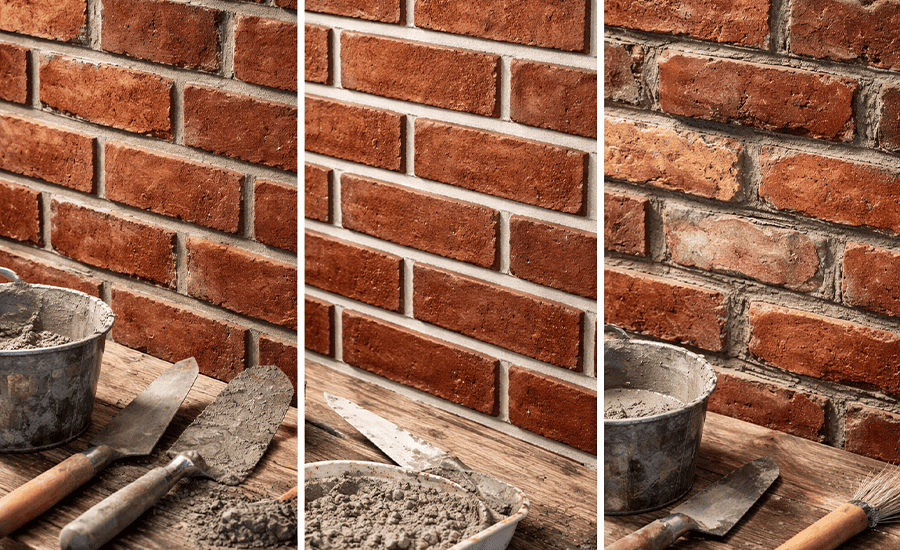Flush pointing is the finest method for sealing masonry and brick structures; it is mostly ideal for modern constructions in residential and commercial properties. It plays an important role in providing a solid shield and barriers against moisture and the water that seeps into your brickwork through any means of damage. After repointing, flush pointing is crucial for visual consistency and masonry restorations to make your property durable and improve its resale value. Every method has its own advantages and disadvantages, just like flush pointing, but we must be very vigilant when performing these techniques and excavating the old mortar.
In this blog, we’ll discuss more about the advantages and disadvantages of flush pointing and how it can be beneficial for NYC homeowners.
What is Flush Pointing?
Flush pointing is a type of mortar joint finishing in which the mortar is applied between bricks or stones and then leveled off smoothly with the face of the masonry unit. This creates a flat, continuous, and seamless surface, making the mortar joints flush with the wall surface.
Advantages of Flush Pointing
Flush pointing provides a wide range of functional and aesthetic benefits in both modern and traditional construction projects. Let’s explore its key advantages:
Moisture Repellence
- One of the most significant advantages of flush pointing is its resistance to water infiltration.
- The smooth, sealed surface prevents rainwater from seeping into the joints.
- By eliminating cavities or recessed spaces, flush pointing reduces the risk of freeze-thaw cycles, which can cause cracking and spalling over time.
These issues often arise when the mortar joints are neglected, which is why knowing how often bricks should be repointed is equally critical.
Polished Appearance
Flush pointing creates a clean and minimalist look, which is especially suitable for
- Modernist structures
- Professional facades
- Cityscape upgrades
Lower repair demands
With fewer crevices and indentations, flush pointing:
- Limits grime retention
- Reduces the chances of moss, algae, or weed growth
- Limits space for pests or insects to nest
Extended Masonry Life
Because it seals the joints tightly, flush pointing:
- Reinforces mortar durability
- Improves surface longevity
- Supports the structural stability of the wall
This makes flush pointing an ideal option when exploring how brick pointing can enhance property value.
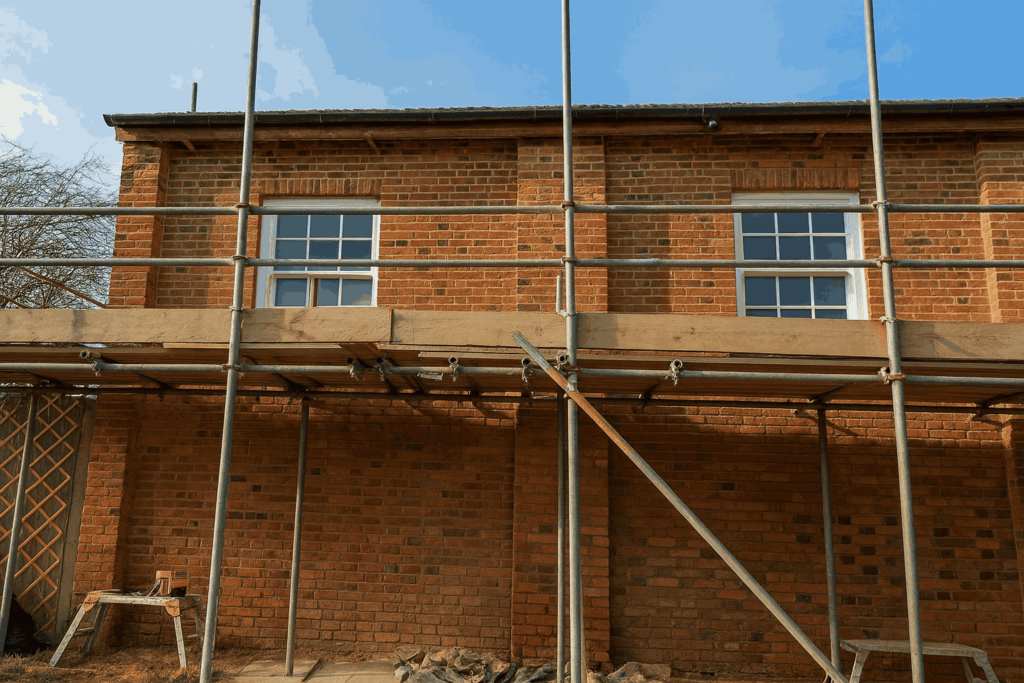
Long-term savings
While the initial labor cost might be slightly higher due to careful finishing, the long-term cost savings come from:
- Reduced need for repairs
- Energy-efficient
- Lower maintenance
- Increased durability
Disadvantages of Flush Pointing
Despite its many benefits, flush pointing also comes with a few challenges and limitations. It’s important to consider these before choosing this technique for your project.
Understated look
While flush pointing is sleek, it may lack the visual character offered by other types, like
- Weather-resistant joint profile
- Recessed pointing
- Tuckpointing
Demands technical expertise
Achieving a truly flat and even finish requires
- Precise timing during mortar setting
- Uneven joints
- Visible mortar stains on bricks
- Premature cracking
Chances of Joint Shrinkage
Proper curing and moisture control are essential to avoid microcracks that allow moisture penetration.
If the mortar is
- Too dry
- Applied in hot weather
- Inadequately cured
Minimal Design Versatility
Some architects and designers use mortar joints as expressive or design elements. With flush pointing, the mortar lines blend into the wall surface, reducing visual texture.
This can make a building less dynamic or detailed, especially if the design depends on joint contrast or shadows.
Greater Upfront Expense
Though cost-effective in the long run, flush pointing requires
- More time for finishing
- Specific timing for joint treatment
- Cleanup of mortar smears
Final Thoughts
In conclusion, flush pointing has both its advantages and disadvantages, but it totally depends on how you use the flush pointing method. Flush pointing is mostly done in modern construction to improve its look and provide solid strength against water penetration in the masonry. Make sure to wisely use the flush pointing services for excellent results.
Sardar Restoration Corp. proudly serves every corner of NYC, including the Bronx, Manhattan, Brooklyn, Westchester, and Queens. Our services are designed to meet your needs, providing top-quality solutions wherever you are. Check our service areas to see how we can assist you in your location.
Contact us today at (+1) 917-355-8556 or sardarrestoration@gmail.com, or visit us at 2770 Fish Ave, Bronx, NY 10469, United States.
FAQs
Do you offer flush pointing services for residential and commercial buildings?
Yes! Sardar Restoration Corp. offers flush pointing services for both residential and commercial properties, ensuring compliance with proper safety protocols.
How long does flush pointing last?
With proper application and curing, flush pointing can last 20–30 years and sometimes even longer, but it is essential to maintain the masonry properly.
How do I know if my building needs flush pointing?
Here are some of the signs that tell if your building needs flush pointing and the mortar joints are badly damaged:
- Flaking and cracked masonry
- Water ingress
- Masonry covered with mildew and unwanted residues
Is flush pointing expensive?
Yes! Flush pointing is slightly more expensive than repointing because it requires higher skills and utmost care during the work, which is financially effective over time. However, Sardar Restoration Corp. provides you with transparent pricing that fits your budget.
